The Technology born out of a country prone to earthquakes
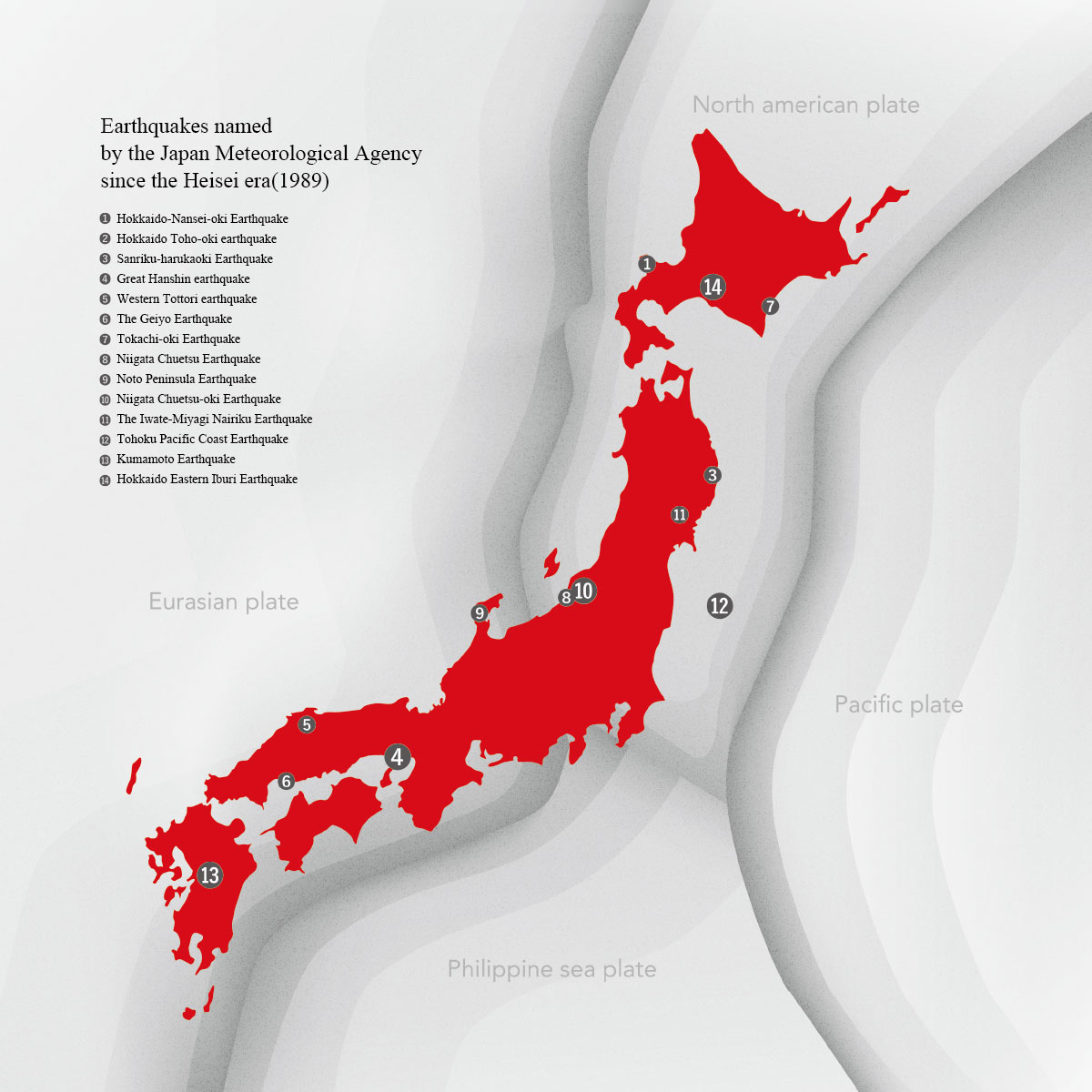
Japan is an earthquake-prone country and is said to account for approximately 20% of the world’s earthquakes with a magnitude of 6 or higher.
There is a high possibility that large earthquakes will occur in the near future, and it is predicted that there is a 60-70% probability that a subduction zone earthquake near the Japan Trench and Kuril Trench, a Nankai Trough earthquake, and an earthquake directly hitting the Tokyo metropolitan area will occur within 30 years.
Although a huge earthquake could occur at any time, earthquake-resistance improvements in Japan are limited to a few wealthy people with large construction budgets and special buildings. On the other hand, ordinary people live in houses that are likely to collapse.
“TSUYOKU” aims to overcome this situation and create a structural design with high earthquake resistance and low cost that is suitable for a country prone to earthquakes like Japan.
The world will be amazed at Japanese “normal” living
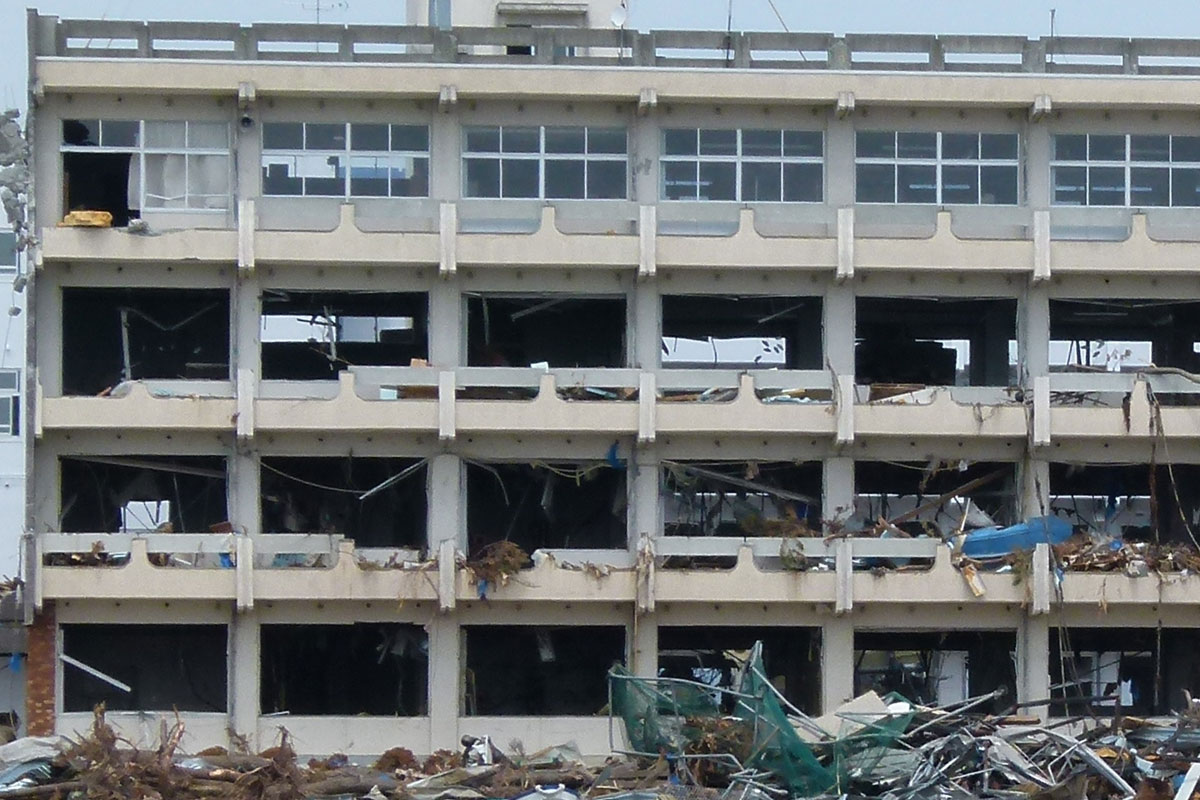
The Great East Japan Earthquake recorded a magnitude 9, the largest earthquake ever recorded in Japan.
Even in the Tokyo metropolitan area, which was far away from the epicenter, skyscrapers continued to shake violently for more than 10 minutes. People overseas who watched the footage said in amazement, “Japanese people are amazing at building buildings that don’t collapse even in a major earthquake!”.
Japan has excellent earthquake resistance technology passed down from its predecessors, including Horyuji Temple, the world’s oldest wooden building.
For those involved in architecture, it is natural to aim for buildings that can withstand earthquakes.
Japan’s high earthquake-resistance quality is the essence of “TSUYOKU”.
*Japan’s Earthquake Resistance Technology
There are three types of Earthquake countermeasures for buildings, “Earthquake Resistance”, “Seismic Isolation” and “Vibration Control”. “Earthquake Resistance” increases the strength of the building to withstand shaking. “Seismic Isolation” installs devices between the building and the ground to prevent shaking. “Vibration Control” prevents shaking by incorporating weights and dampers into the building. Each type has different characteristics, installation conditions, costs, etc., so it is important to choose the right one for the building.
YouTube “Shinjuku High-Rise Buildings During the 3.11 Tohoku-Pacific Ocean Earthquake (Earthquake in Japan)” Video creator: Kuro-report
Making earthquake-resistant living a “normal” living in Japan
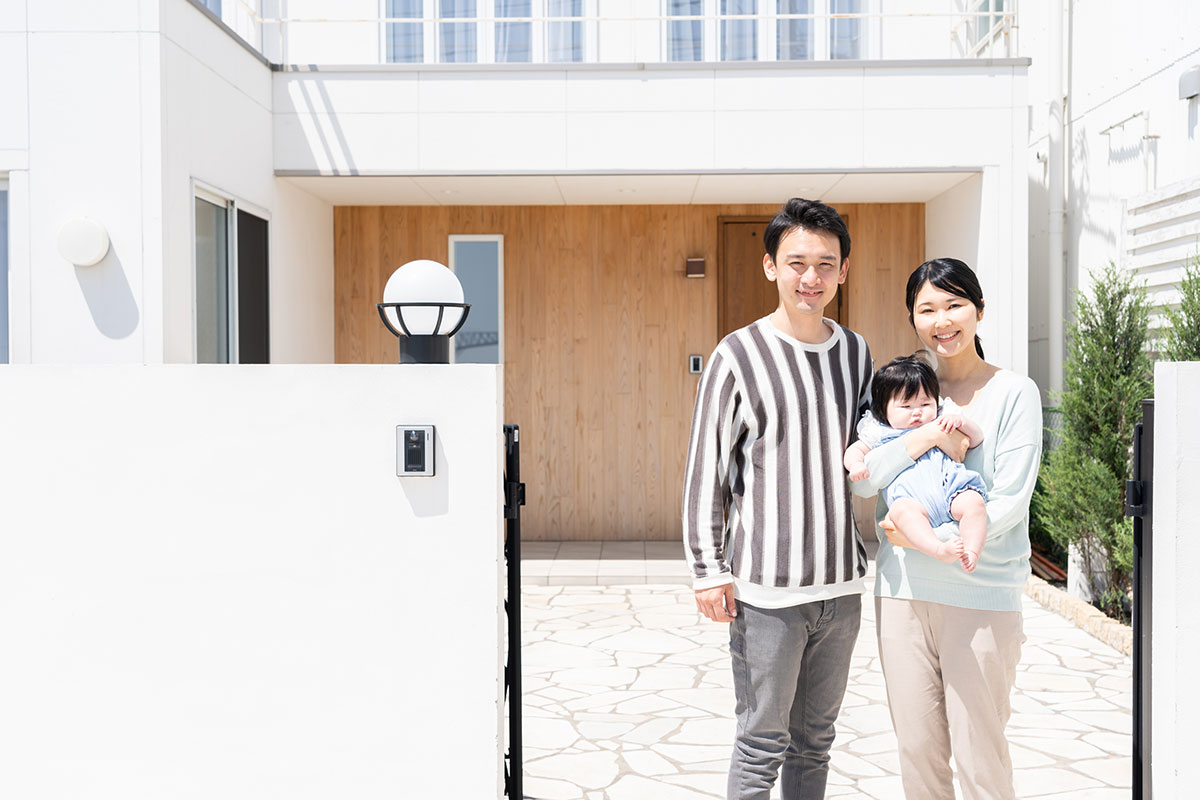
In Japan, the number of households is increasing due to the aging population and a rise in the lifetime unmarried rate, and the demand for apartment housing is increasing.
However, most of them remain in earthquake-resistance grade 1.
Unlike special buildings such as skyscrapers, budgets are limited, so the current situation is that it is not possible to spend money on making buildings more earthquake-resistant.
In Rikuzentakata City, Iwate Prefecture, where a seismic intensity of 7 was observed during the Great East Japan Earthquake, the only building that remained intact despite being hit by the earthquake and tsunami was a Bearing Wall structure building an excellent earthquake-resistant structure system.
In order to make this strength common in Japan, “TSUYOKU” pursues high earthquake-resistance at low cost.
*Bearing Wall structure
A reinforced concrete structure that supports the building’s load with walls rather than columns and beams. It has high earthquake resistance because the entire surface supports the frame, and the lack of pillars or beams allows for a large interior space.
Since we live in Japan, we had no choice but to strengthen the buildings
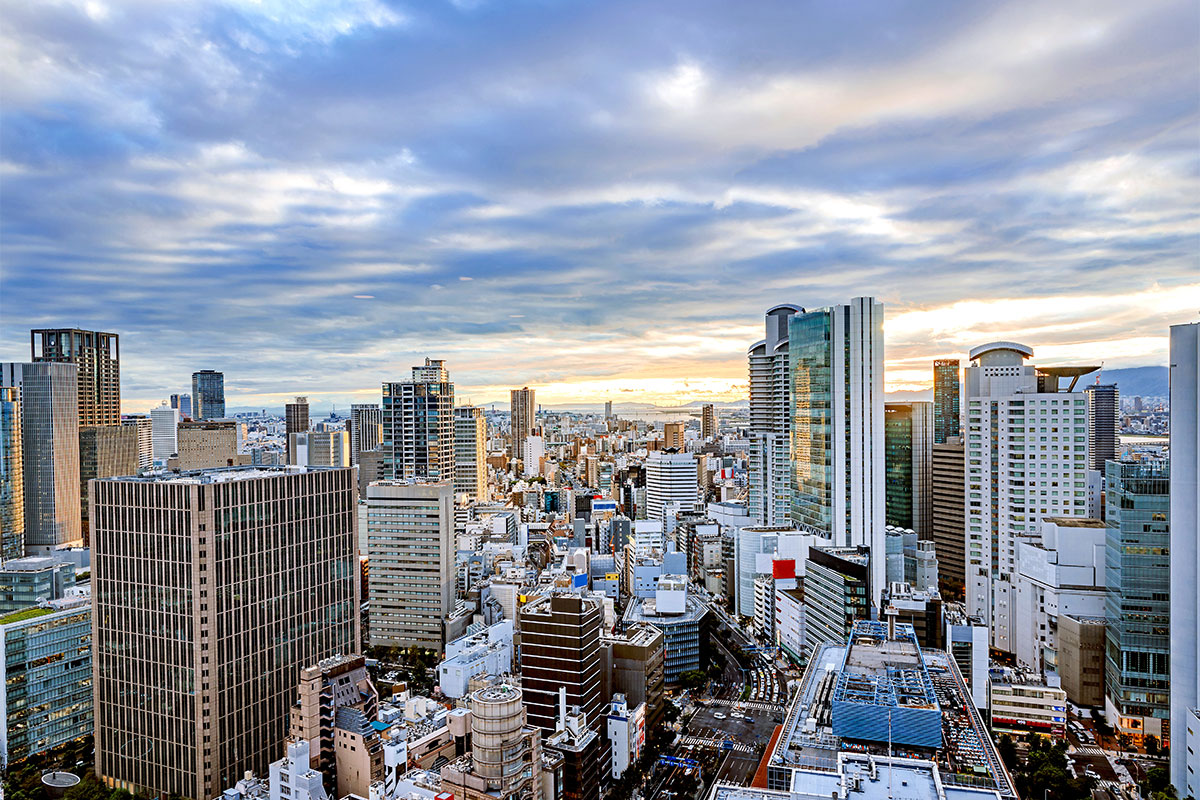
Looking at the annual frequency of earthquakes by country, China is in first place, Indonesia in second place, Iran in third place, and Japan in fourth place. As a country has a large land area, the number of earthquakes will inevitably increase, but Japan ranks 4th among the 10 countries in the table below, despite having the smallest land area. Also, Japan is one of the developed countries in this ranking and is a country with dense buildings such as skyscrapers and a populated country.
There are very few countries in the world that experience many earthquakes and are also densely populated with buildings and people. We were born in an island nation called Japan, and to live here, we needed to strengthen our buildings.
[Source] World Report Towards Disaster Risk Reduction – United Nations Development Programme (UNDP)
Ranking of the annual average number of earthquakes with a magnitude of 5.5 or higher
| Rank | Country Name | Average number of events per year (1980 – 2000) |
|---|---|---|
| 1 | China | 2.10 |
| 2 | Indonesia | 1.62 |
| 3 | Iran | 1.43 |
| 4 | Japan | 1.14 |
| 5 | Afghanistan | 0.81 |
| 6 | Turkey | 0.76 |
| 7 | Mexico | 0.76 |
| 8 | India | 0.67 |
| 9 | Pakistan | 0.62 |
| 10 | Peru | 0.62 |
Earthquake-resistance standards that evolved with major earthquakes
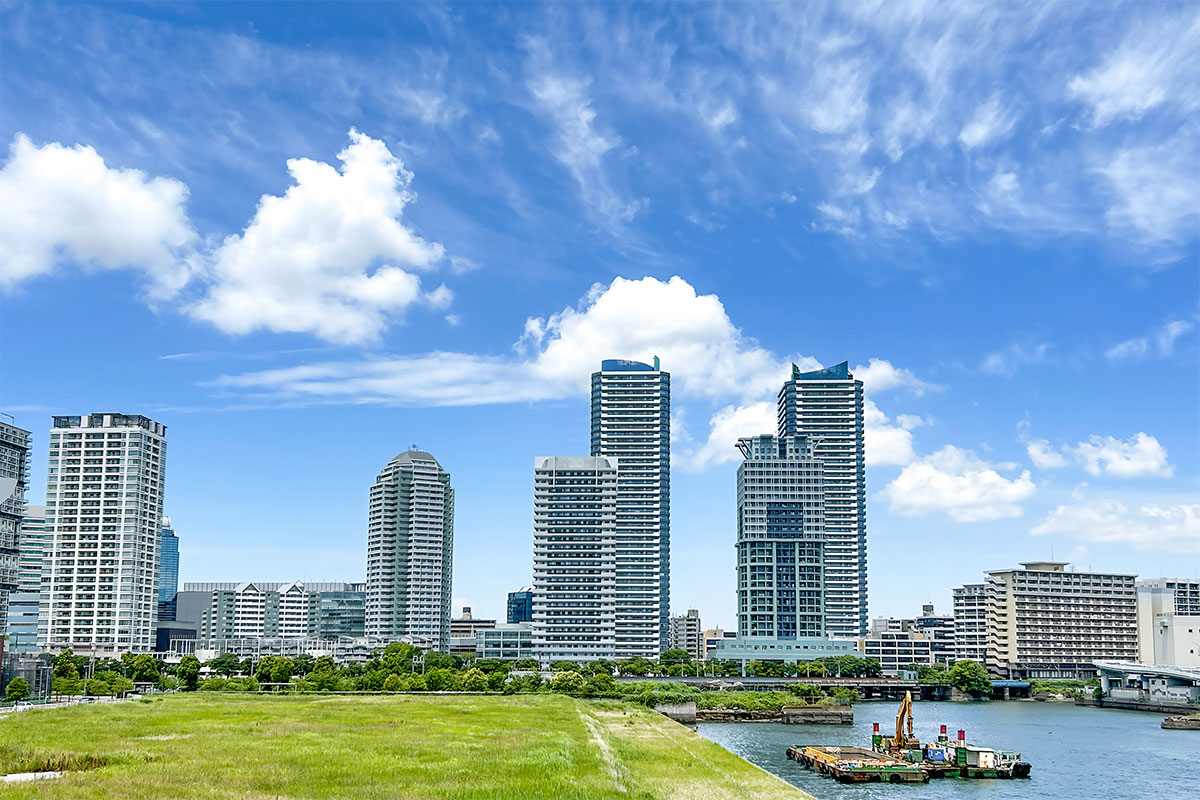
Research on earthquake-resistant structures is said to have started with the Nobi Earthquake (M8.0) in 1899 and has a history of more than 130 years. After experiencing many earthquakes of magnitude 7 to 8, laws have been revised and construction technology has evolved based on the lessons learned from these disasters.
It is highly regarded around the world as “Japanese buildings are strong against earthquakes” and is attracting attention as a representative of Japan’s Quality.

